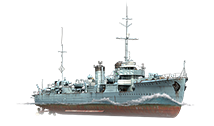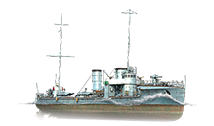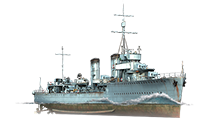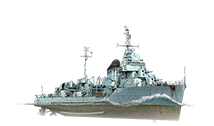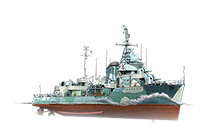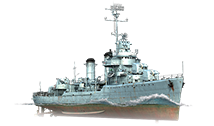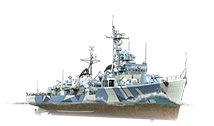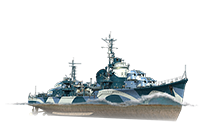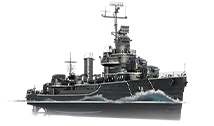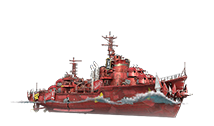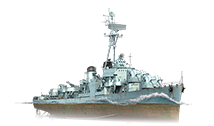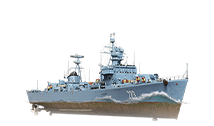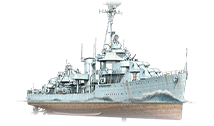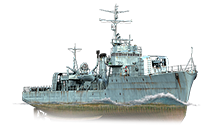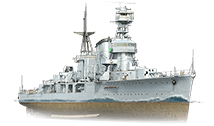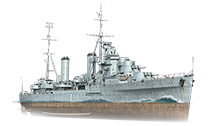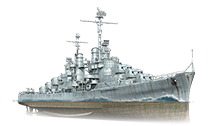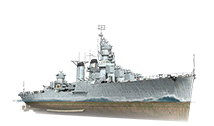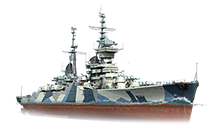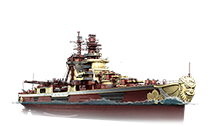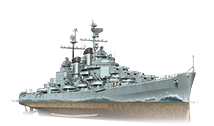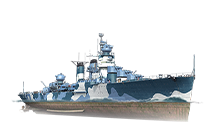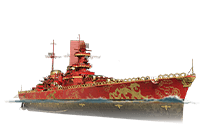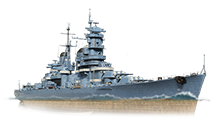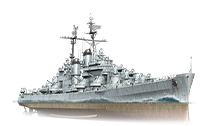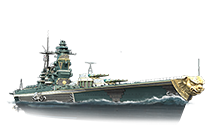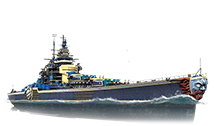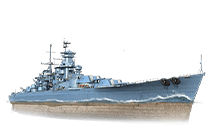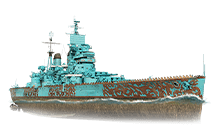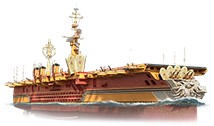Ships of Pan-Asia
| Revisión de 23:43 2 ago 2022 | Revisión de 23:47 2 ago 2022 | |||
| Línea 4: | Línea 4: | |||
| ---- | ---- | |||
| ? | [[File:WoWS_China.png|68px|frameless|left|link=]][[Image:Ship_PZSC506_Huang_he.png|frame|right|link=Ship:Huanghe|CNS ''[[Huanghe]]'', Tier VI cruiser]] | + | [[File:WoWS_China.png|68px|frameless|left|link=]][[Image:Ship_PZSC506_Huang_he.png|frame|right|link=Ship:Huanghe|CNS ''[[Huanghe]]'', Tier VI cruiser]]Organizada formalmente en septiembre de 1950, la '''Armada del Ejército Popular de Liberación (PLAN)'''<ref>[https://en.wikipedia.org/wiki/People%27s_Liberation_Army_Navy People's Liberation Army Navy (Wikipedia)] | |
| </ref> se basó inicialmente en unidades que desertaron de la Armada de la República de China durante la Guerra Civil China. Nominalmente una rama del Ejército Popular de Liberación, su estatus subordinado a sus hermanos que golpean el suelo condujo a una variedad de dolores de crecimiento. | </ref> se basó inicialmente en unidades que desertaron de la Armada de la República de China durante la Guerra Civil China. Nominalmente una rama del Ejército Popular de Liberación, su estatus subordinado a sus hermanos que golpean el suelo condujo a una variedad de dolores de crecimiento. | |||
Revisión de 23:47 2 ago 2022


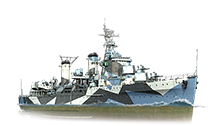
La expansión temprana en la década de 1950 fue principalmente el resultado de la compra de fragatas y destructores de segunda mano de la Armada soviética mientras que la República Popular China desarrolló habilidades de construcción naval y arquitectura naval dentro de sus propias fronteras (con ayuda soviética). El PLAN permaneció centrado en gran medida en el combate litoral y fluvial hasta finales de la década de 1980 y la desintegración de la Unión Soviética. El papel más prominente de China en los asuntos mundiales y navales en los años posteriores ha llevado a un crecimiento explosivo del PLAN moderno y al desarrollo de capacidades de agua verde que continúan expandiéndose en la actualidad. El PLAN opera al menos un portaaviones moderno, comprado como excedente de la Armada de la Federación Rusa, mientras desarrolla su propio programa de construcción de portaaviones; lanzaron su primer submarino de misiles balísticos nucleares en 1981 y continúan progresando en las mejoras de sus propios diseños de buques de superficie y submarinos.

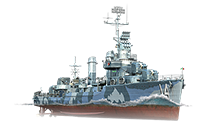
Their meager forces devastated in the opening days of the Second Sino-Japanese War in 1937, the ROCN effectively ceased to exist again until the close of World War II. Re-constituted and bolstered by the transfer of decommissioned ships from Allied navies — and captured ships from the IJN — the ROCN was again decimated by Chinese internal politics, as some units defected to support Communist forces during the Chinese Civil War that broke out in March 1946. Loyal ROCN units were instrumental in assisting with and protecting the evacuation of over a million refugees from mainland China to the island of Taiwan in October 1949 following the defeat of Chiang Kai-shek's Chinese Nationalist forces at the hands of Mao Zedong's Communists.
Much to the irritation of the People's Republic of China, Western navies — such as the United States Navy — quickly developed relations with the exiled armed forces of the Republic of China and have supported them in the decades since. Transfers of technology and materiel have kept the ROCN modern and relevant as concerns developed in the early 1990's around the PLAN's ability to potentially blockade the island. Local shipbuilding lacks the capability to deliver submarines, but has successfully built and commissioned a mix of frigates, corvettes, and local patrol vessels into ROCN service. Combined with a mix of surplus vessels purchased from the United States, France, Germany, and the Netherlands, the modern ROCN continues to pursue a mission of local littoral control and anti-blockade measures in the shadow of an expanding PLAN.

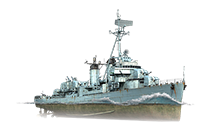
The young navy barely had time to develop assets before finding itself embroiled in the Korean War that broke out in June 1950. Bolstered by sales and donations of surplus World War II ships and material from friendly navies — as well as the active participation of navies from the member states of the United Nations — the ROKN quickly developed a reputation of aggressiveness, competence, and effectiveness in combat. The cease-fire that ended the war three years later has given way to a long, uneasy peace between the Republic of Korea (South Korea) on the southern half of the peninsula and the Democratic People's Republic of Korea (North Korea) on the northern half.
Since the end of the Korean War, the ROKN has concentrated its efforts on building naval forces to hold in check the Democratic People's Republic of Korea Navy (DPRKN) and their littoral naval capabilities. By the late 1970's, the growth of the South Korean economy and shipbuilding industry allowed them to grow their naval fleet with destroyers, frigates, and corvettes built indigenously. The modern ROKN continues to pursue missions of deterring aggression, protection of national maritime rights, and supporting the nation's foreign policy; as a part of their overall mission, it has engaged in several peacekeeping operations since the turn of the 21st century.

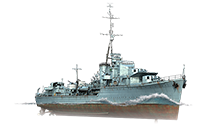
The end of the revolution marked the beginning of the development of the Indonesian Navy into a modern naval force. In accordance with the results of the Round Table Conference in December 1949, the TNI-AL was transferred a variety of war equipment and naval bases. Over the next decade, the TNI-AL enhanced its strength and improved its capabilities, reorganizing itself into distinct fleet forces, founding a Marine Corps — the Naval Commando Corps Command (Korps Komando-Angkatan Laut, or KKO-AL) — while building a focus on naval aviation. Their access to naval combat equipment grew in scope and size, both from the Netherlands and various other countries.
With their increased capabilities, the TNI-AL helped deal with a myriad of separatist movements that sprung up during the 1950s. By the height of the Cold War, a fledgling Indonesia had been largely saved from disintegrating from within and found itself embroiled in the larger conflict between the United States and Soviet Union that permeated the globe. A number of ex-Soviet Navy vessels found their way into TNI-AL service as the nation developed closer ties with the Soviets. Amidst the fallout of a September 1965 coup d'état, Indonesia severed ties with the Soviet Union. Several years of additional political turmoil ultimately resulted in a more democratic government that pursued closer ties with — and economic investment from — Western nations like the U.S.A. and United Kingdom.
The TNI-AL undertook a significant modernization effort in the 1980s, adding missile cruisers and other advanced technology to their arsenal. Currently, Indonesia fields the largest navy of any southeast Asian nation, and is notable for its capability to build modern missile cruisers and submarines via treaties with South Korea.

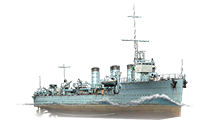
Siam later placed orders with Japanese shipyards for the construction of two coastal monitors, two submarines, and number of destroyers. These ships were involved in the 1932 coup d'état that transformed the absolute monarchy of Siam into the constitutional monarchy of Thailand, as well as the Franco-Thai War, which saw Thailand take advantage of the fall of France in 1940 to reclaim territory lost to the French during the conflicts of the 19th century. The conclusion of the Franco-Thai War was mediated by Japan and the treaty signed in Tokyo on 9 May 1941. Barely seven months later, Japan invaded and subjugated Thailand, forcing her government to declare war on the Allied powers in January 1942.
The conclusion of World War II in the summer of 1945 brought additional political turmoil to southeast Asia; the withdrawal of the Japanese and the weakening of colonial European forces left room for many countries to undergo significant leadership changes. Backed by the Soviet Union and China, communist ideology began to expand throughout the Indochina peninsula. With the aid of the United States — and royal influence — Thailand was able to resist communist influence and join the United Nations, allowing units of the RTN to participate in both the Korean and Vietnam Wars (in cooperation with South Korea and South Vietnam, respectively).
Today, the modern RTN continues to develop their overall capabilities, and is notable as the only southeast Asian nation to operate an aircraft carrier. Like their counterparts in Taiwan, local shipbuilding also has the ability to deliver modern frigates and destroyers without the need to purchase them from Western navies.
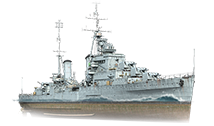
The Royal Malaysian Navy[6] (Tentara Laut Diraja Malaysia, or TLDM) can trace its roots to the formation of the Straits Settlement Royal Naval Volunteer Reserve (SSRNVR) in Singapore on 27 April 1934 by the British colonial government in Singapore. The SSRNVR was formed to assist the Royal Navy in the defence of Singapore, upon which the defence of the Malay Peninsula was based. Also behind its formation were political developments in Asia, particularly the rise of a Japan that was increasingly assertive in Asia. In 1938, the SSRNVR was expanded with a branch in Penang.
The Malay Navy was reactivated on 24 December 1948 at the outbreak of the Malayan Emergency, the communist-inspired insurgent war against the British colonial government. The Malayan Naval Force (MNF) regulation was gazetted on 4 March 1949 by the colonial authorities, and was based at an ex-Royal Air Force radio base station in Woodlands, Singapore. By 1950, the MNF fleet had expanded to include the ex-Japanese minelayer HMS Laburnum, Landing Craft Tank (LCT) HMS Pelandok ("Mousedeer"), motor fishing vessel HMS Panglima ("Marshal"), torpedo recovery vessel HMS Simbang and several seaward defence motor launches (SDML). In August 1952, Queen Elizabeth II bestowed the title "Royal Malayan Navy" on the Malayan Naval Force in recognition of its sterling service in action during the Malayan Emergency.
On 12 July 1958, soon after attaining its independence on 31 August 1957, the Federation of Malaya negotiated with the British government to transfer the British Navy assets to the newly formed Royal Malayan Navy. With the hoisting of the Federation naval ensign – the White Ensign modified by the substituting the Union Flag with the Federation flag in the canton – the Royal Malayan Navy became responsible for Malaya's maritime self-defence. The new force had an operational and training base at HMMS Malaya, and a small coastal fleet of one LCT, one coastal minelayer, six Ham-class minesweepers and seven Ton-class minesweeper (the ex-RN 200th Patrol Squadron) on transfer from the Royal Navy.
In 1977, the RMN acquired the frigate HMS Mermaid from the Royal Navy to replace the decommissioned Hang Tuah. The ship was also named KD Hang Tuah, but retained HMS Mermaid's pennant number of F76. KD Rahmat (ex-Hang Jebat) (F24) joined the RMN in 1972. The 2,300-ton ship was a one-off Yarrow light frigate design for the RMN. The ship was originally named Hang Jebat but renamed after initial propulsion problems during pre-commissioning trials.
Today, the modern RMN consists of Laksamana-class corvettes, Lekiu-class frigates, Kasturi-class corvettes, Scorpène-class submarines, Kedah-class offshore patrol vessels and a batch of Keris-class littoral mission ships to boost the fleet. In addition, the construction of six new Maharaja Lela-class frigate also will make the RMN as a formidable power in the region.
Destroyers
Gameplay
None of the various units that comprise the Pan-Asian destroyer branch originated in the countries whose flag they fly in World of Warships; every single hull was purchased from a foreign navy prior to seeing service in their respective Asian navies. As such, the line is an odd mix of play styles that dabbles in each of the other destroyer lines currently in the game: from Longjiang’s roots in the Kaiserliche Marine, to Phra Ruang’s and Gadjah Mada’s prior service in the Royal Navy, to Shenyang’s time flying the Rising Sun of the IJN, to Fushun’s Red Fleet origins, to the surplus World War II-vintage United States Navy hulls that comprise the high end of the line. Main battery performance varies widely from hull-to-hull based on the country of origin; the one unifying trait that all Pan-Asian destroyers share is that they equip deep-water torpedoes. Unlike the torpedoes mounted on other destroyers, these fish are set to run at depths of 5-6 meters, meaning that enemy destroyers cannot take hits from them; conversely, they are highly lethal to all opposing battleships and carriers, as well as most enemy cruisers. Starting with Tier VIII's Hsienyang, Pan-Asian destroyers also gain access to a modified version of the consumable with a shorter duration and range than that found on cruisers of similar tiers; unfortunately, they must sacrifice their Plantilla:Smoke Generator in order to mount it.
consumable with a shorter duration and range than that found on cruisers of similar tiers; unfortunately, they must sacrifice their Plantilla:Smoke Generator in order to mount it.Destroyers
Cruisers
Aircraft Carriers
Notes
Pan-Asian Destroyers - Mission: Hype - Nov 17, 2017 - World of Warships Official Channel - YouTube
Developer Diaries: Pan-Asia Destroyers - Nov 23, 2017 - World of Warships Official Channel - YouTube
Pan-Asian Destroyer Overview - 11/27/2017 - News - World of Warships
Dasha Presents Update 0.6.14.2 - 12/12/2017 - News - World of Warships
- ↑ People's Liberation Army Navy (Wikipedia)
- ↑ Republic of China Navy (Wikipedia) and Republic of China Navy ships (Wikipedia)
- ↑ Republic of Korea Navy (Wikipedia) and History of the Republic of Korea Navy (Wikipedia)
- ↑ Indonesian Navy (Wikipedia)
- ↑ Royal Thai Navy (Wikipedia)
- ↑ Royal Malaysian Navy (Wikipedia)
